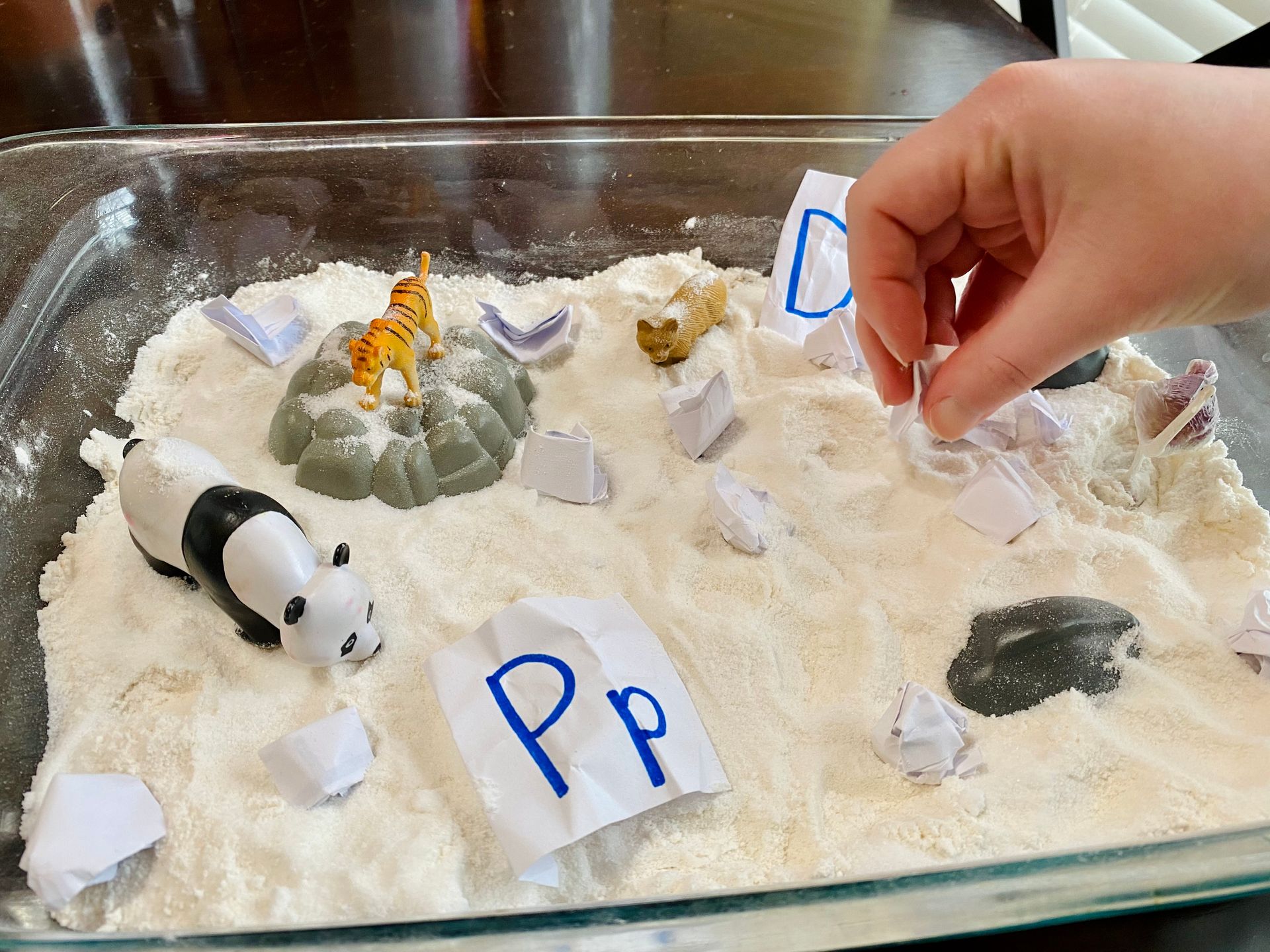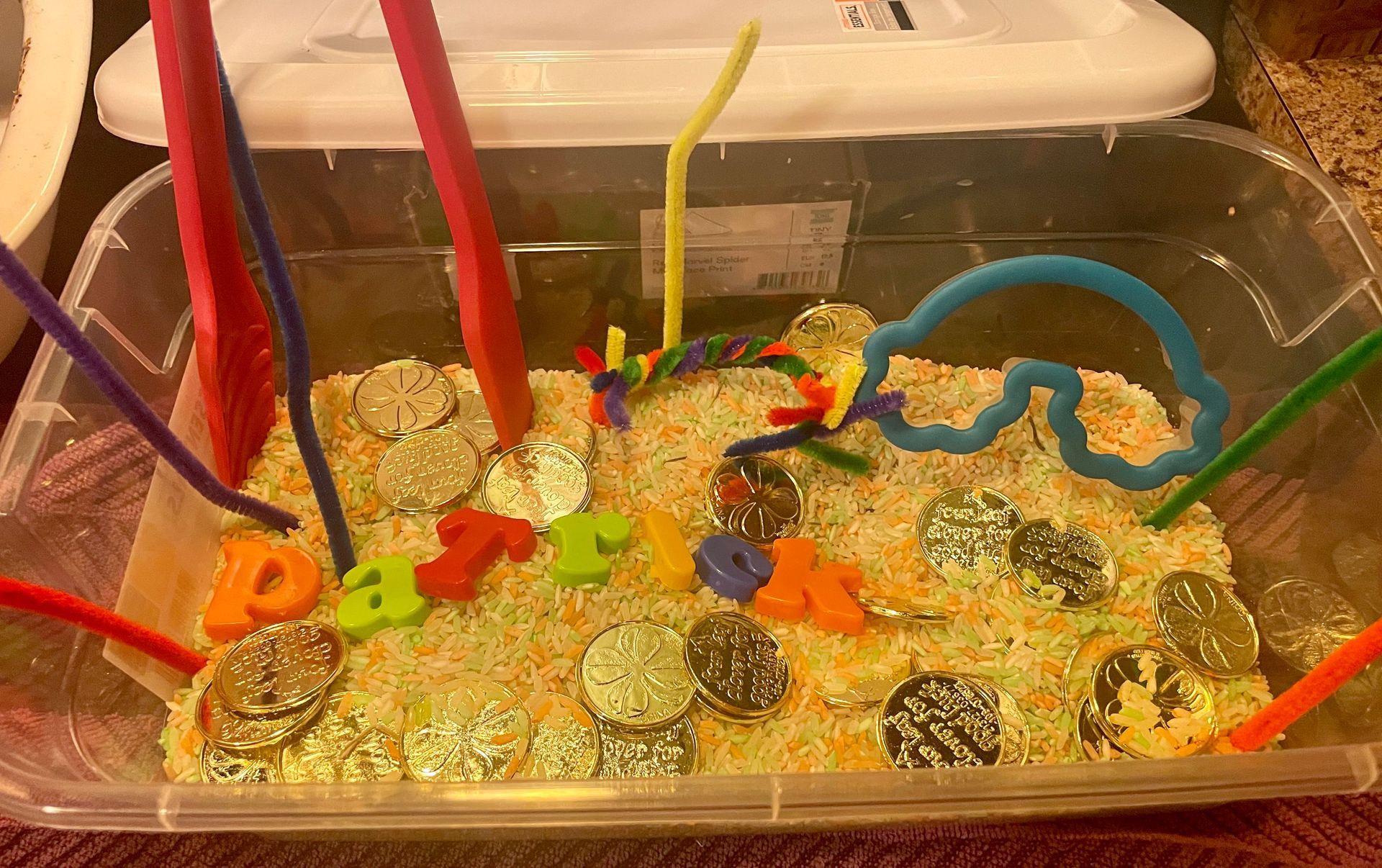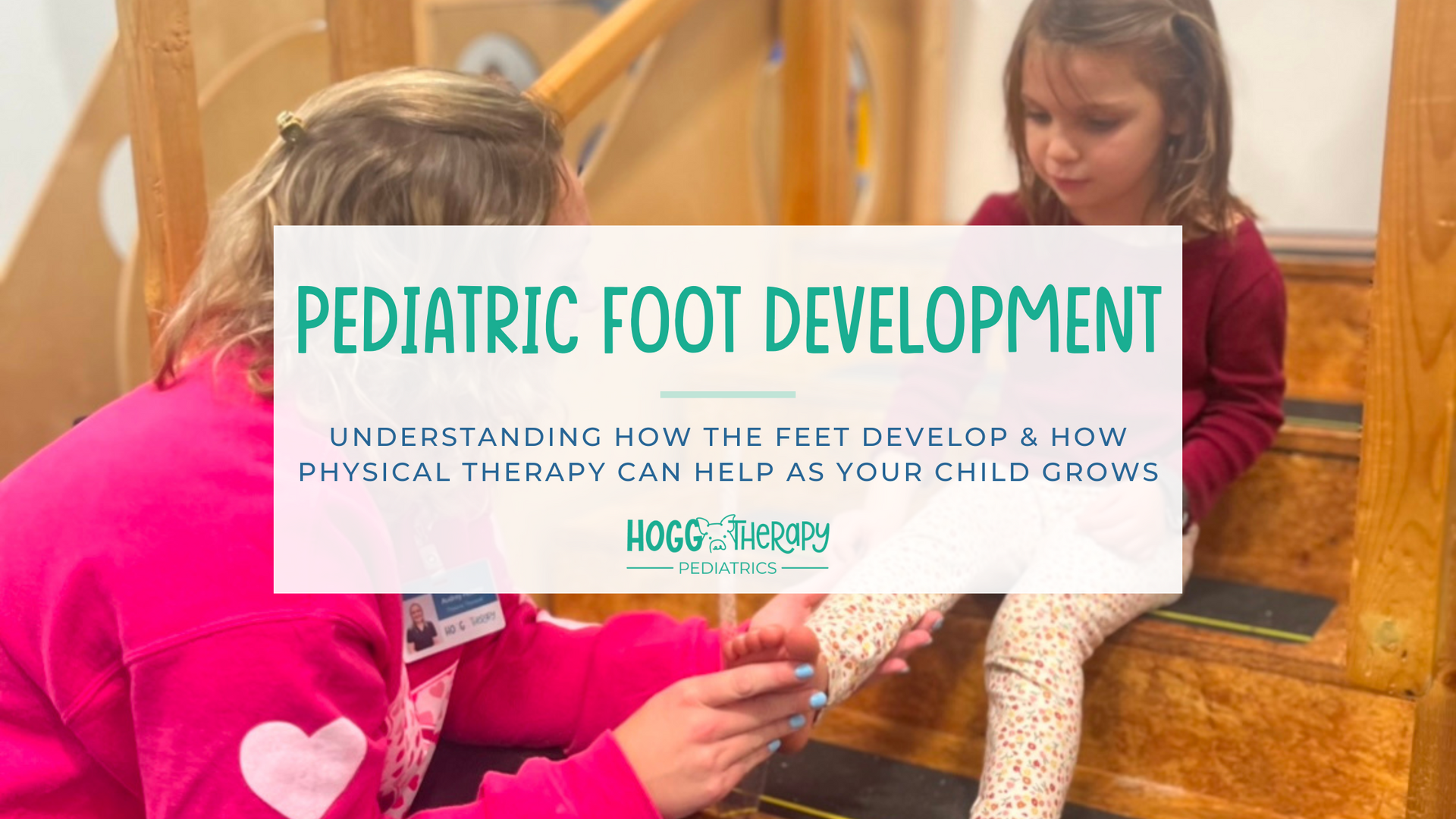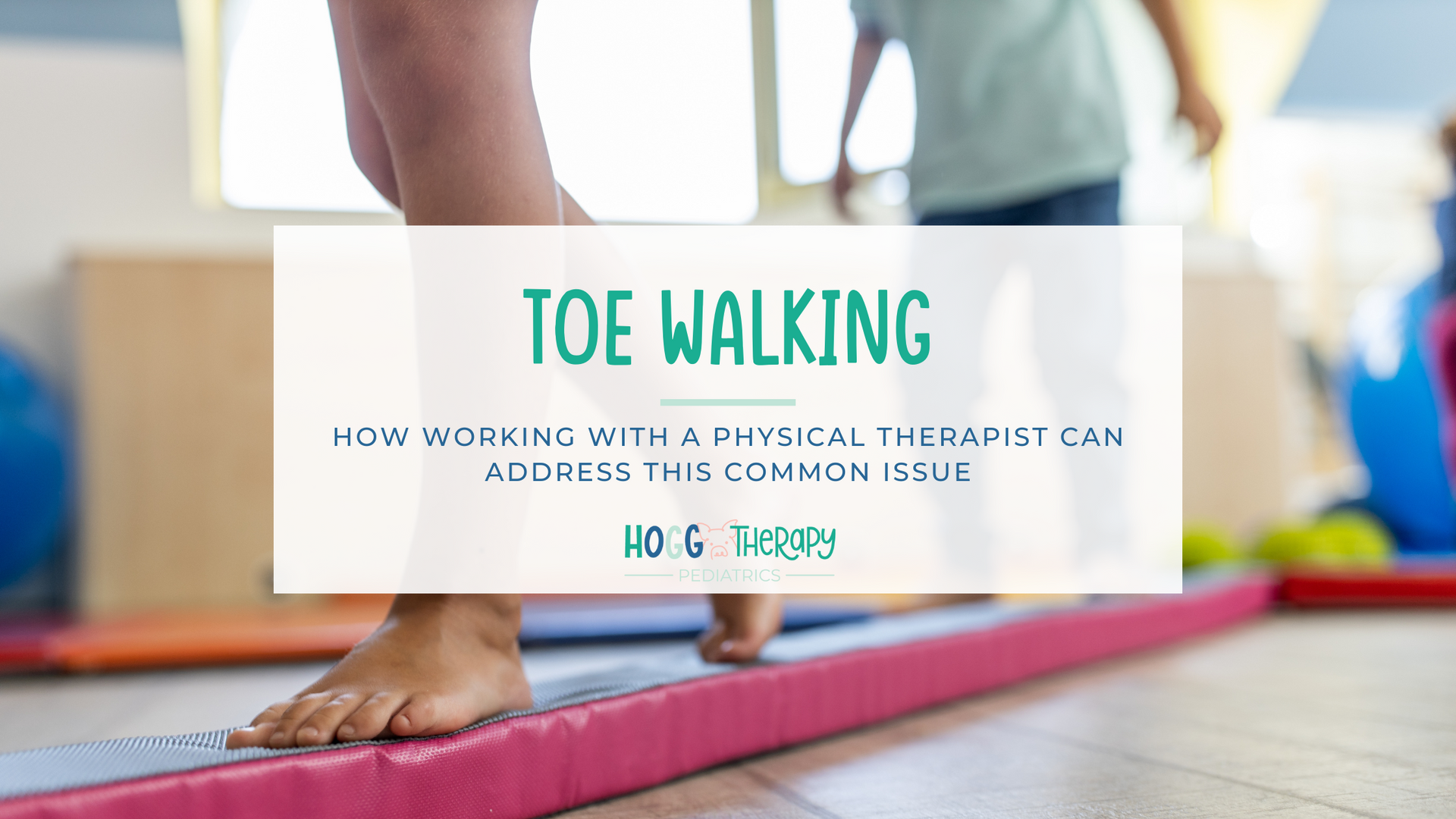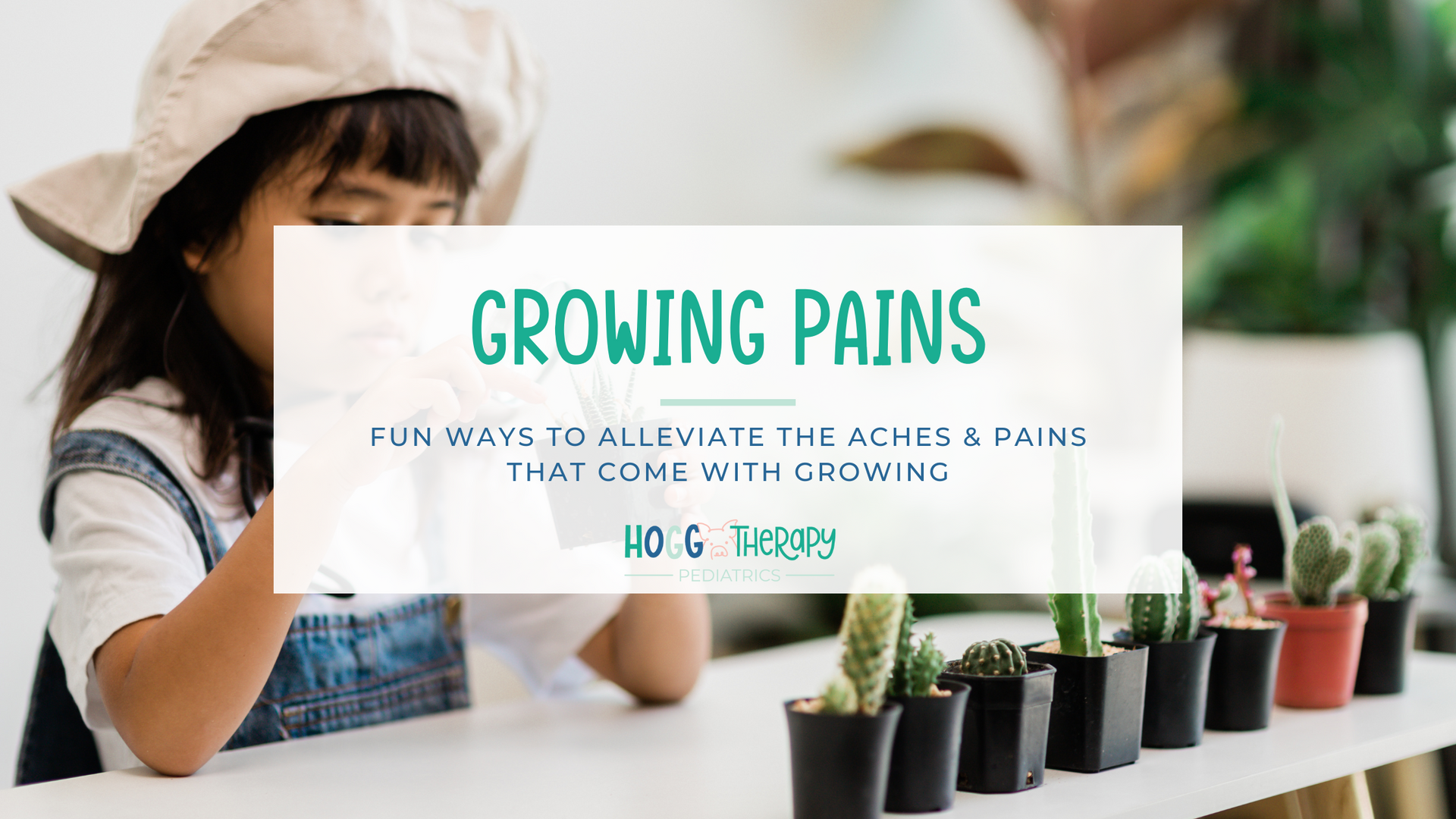Sensory Bins: At Home Ideas to Support Your Child
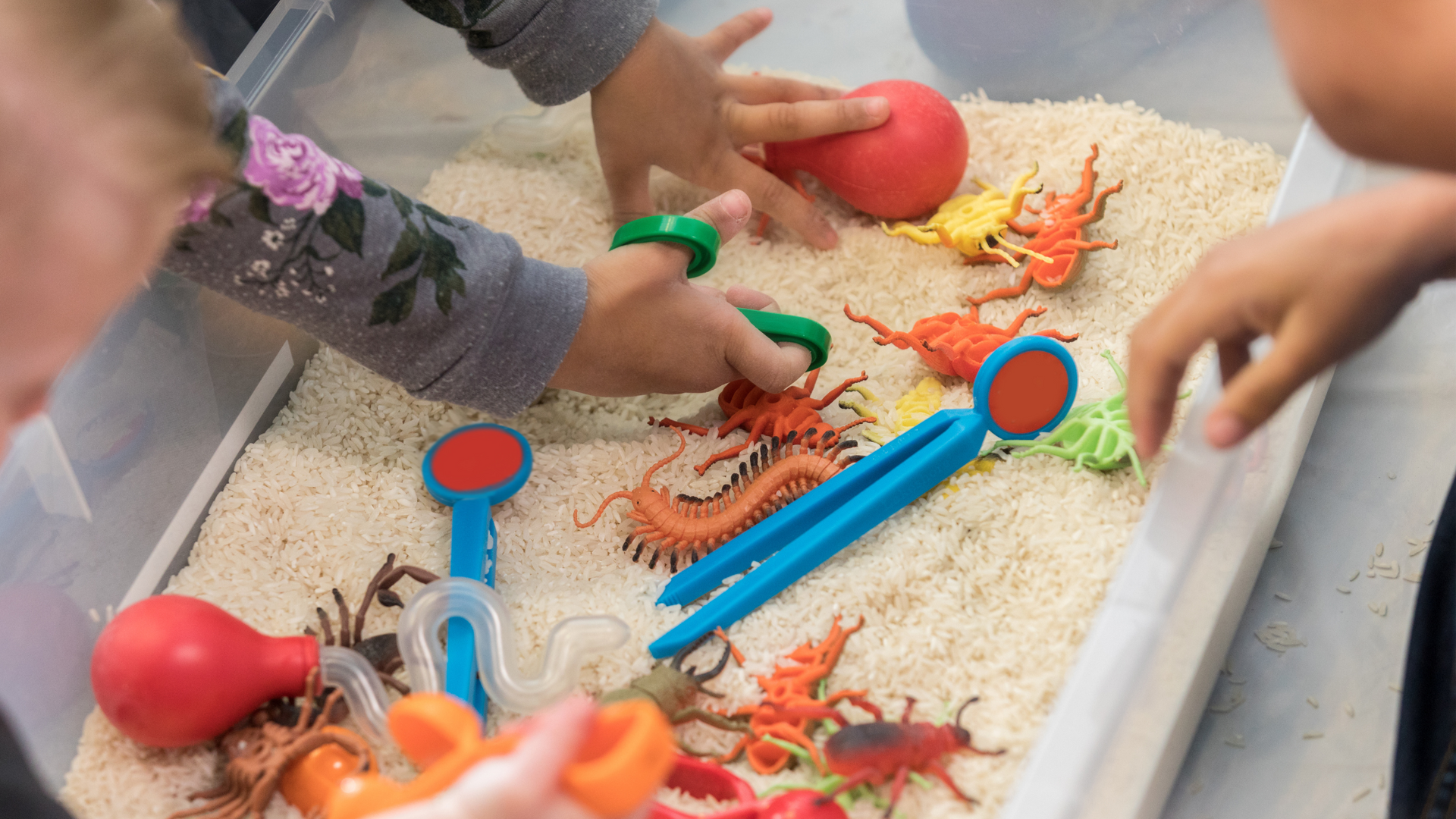
Sensory bins are powerful and engaging tools for children to explore their environment and learn new skills. With some household materials and preparation, sensory bins are used to create an opportunity for your child to learn through play—the best kind of learning!
What is a Sensory Bin?
A sensory bin is made by placing different materials into a container. The goal is to provide your child with the opportunity to explore their five senses: sight, sound, touch, taste, and smell. From there, your child gets to be in charge! They can explore the materials at their own pace using imagination and creativity. Some common materials used in sensory bins are rice, pasta, cotton balls, water, sand, and dough. Kids can dive in with their hands or you can provide them with tools such as scoops, funnels, or tongs. There are no rules for creating a sensory bin. You can use whatever materials you may already have lying around your house.
The Benefits of Sensory Bins
The best part about sensory bins is that they combine fun with development. By exploring with their hands and playing, children are able to achieve a variety of things.
Sensory Processing
By choosing a wide variety of materials, children have the opportunity to explore different textures. This can help kids with sensory-processing difficulties by providing a controlled environment for exploration.
Fine Motor Skills
Through digging, stirring, grabbing, pouring, and stacking, children are able to strengthen the muscles in their fingers and hands.
Cooperation and Language Skills
Through interacting with the world around them, children learn how to share and take turns. You can help your child in this area by playing with them! Share your thoughts aloud, ask questions about what is in their bin, and give each object a name. This will encourage your child to share their thoughts and ideas and grow their vocabulary!
Cognitive Development
Children learn through play! Place letters, numbers, shapes, and colors in their sensory bin and practice labeling and sorting each. By choosing objects and materials intentionally, you can help your child learn to say their alphabet, count, spell, sort, and more.
Emotion Regulation
Sensory bins are also great tools for emotions. When your child is feeling overwhelmed, angry, or stressed, different sensory experiences can create a calming environment and aid your child in regaining balance.
These examples are just the beginning of what sensory bins can do for your child. They also help to build confidence, encourage creativity, improve focus, and more.
Sensory Bin Ideas

